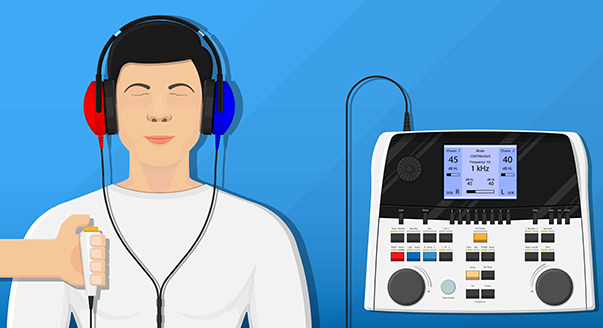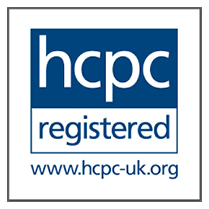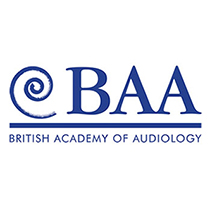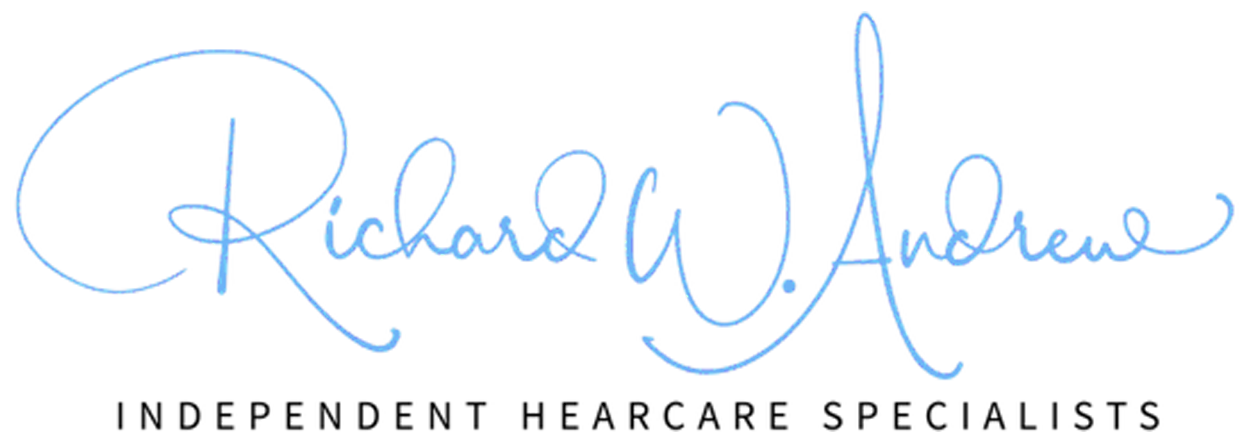What Happens During a Hearing Test
A hearing test in its most basic form is the response to hearing tones of various intensities. The charted result records an audiogram. It is conducted in a sound booth to ensure the results are not affected by extraneous background noises. Below is our procedure for conducting a hearing test.

- Video Otoscopy
Your appointment begins with a detailed inspection of your ear canal and eardrum using a video otoscope. This tiny camera shows live images on screen, so you can see what’s happening inside your own ears. It helps us identify wax, infection, or damage before continuing.
- Tympanometry
Next, we check the movement of your eardrum and middle ear system. Tympanometry can detect fluid, perforations, or stiffness in the tiny bones of the ear. This ensures that no underlying medical issues are missed before moving on to hearing tests.
- Sound Booth Testing
Unlike quick shop-floor screenings, our tests are carried out in a soundproof booth. This ensures precise and clinically reliable results without background noise interference.
- Air Conduction (AC) and Bone Conduction (BC) Testing
These two core tests show whether your hearing loss is caused by:
- Outer or middle ear problems (like wax, infection, or fluid)
- Inner ear or nerve-related issues (permanent hearing loss)
- Air Conduction (AC): Tests the full hearing pathway through headphones.
- Bone Conduction (BC): Uses gentle vibration behind the ear to test the inner ear directly.
This distinction is essential in deciding the best treatment or hearing aid.
- QuickSIN Test (Speech-in-Noise)
Many people hear well in quiet rooms but struggle in busy places. The Quick Speech-in-Noise test measures how clearly you understand speech with background noise. It helps us select the right level of hearing aid technology for your lifestyle.
Advanced Fitting Technology
As part of our commitment to best practice, we also use:
-
Real Ear Measurement (REM): The gold standard for hearing aid fitting. A tiny microphone measures how the hearing aid performs in your ear, ensuring sound is adjusted precisely for your hearing loss.
-
Otoscan 3D Ear Scanning: A modern, digital alternative to messy ear impressions. This painless scan creates an accurate 3D model of your ear for perfectly fitted custom earmoulds or in-ear devices.
These advanced tools mean your hearing aids are tailored exactly to you — for comfort, clarity, and natural sound.
Final Thoughts
Your hearing deserves more than a quick, free check. With us, you’ll receive a full diagnostic test, independent recommendations, free trials, and the latest fitting technology, including Real Ear Measurement and Otoscan scanning.
At just £50, it’s an investment in your health, confidence, and quality of life.
Better hearing starts here.
Frequently Asked Questions
💬 How long does a hearing test take?
Around 45–60 minutes, depending on your results and whether further discussion is needed.
💬 Do I need a GP referral?
No. You can book directly with us without waiting for a GP appointment.
💬 Will I get my results straight away?
Yes — your audiologist will explain your results in plain language and show you your hearing profile including a copy for you to keep on the same day.
💬 What if I only have wax?
If we find wax we will be able to remove the ear wax usually there and then to restore your hearing.
💬 What if I need hearing aids?
You’ll be offered a free trial to test the hearing aids, usually from two different manufacturers, in your everyday environment before making any commitment.
Feel free to call us today on 01257 263253. Alternatively, book online below:
Get in Touch





